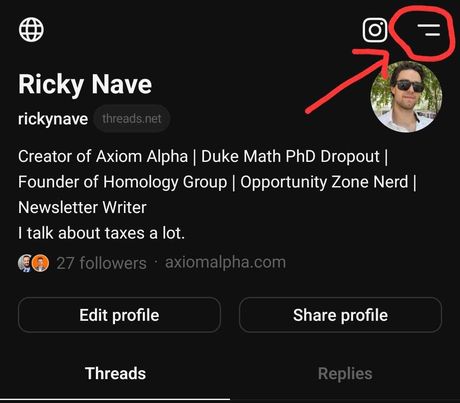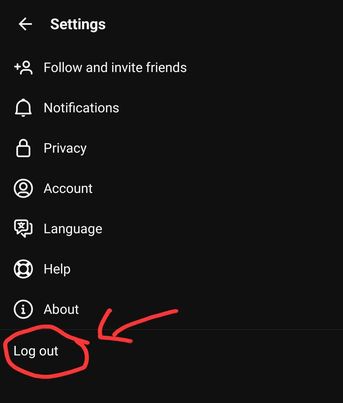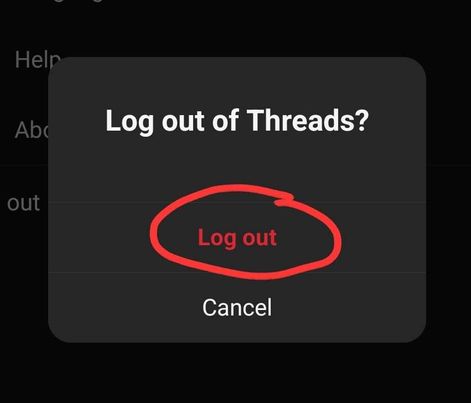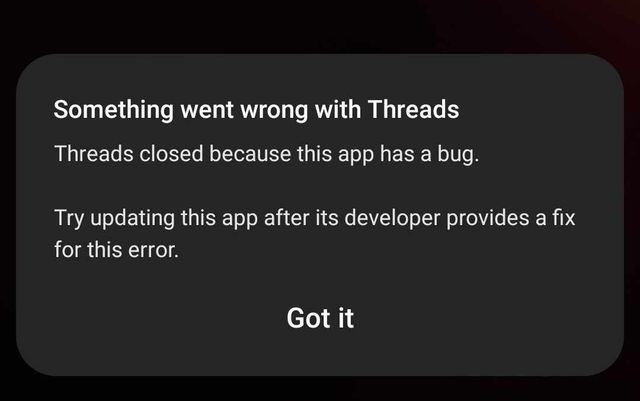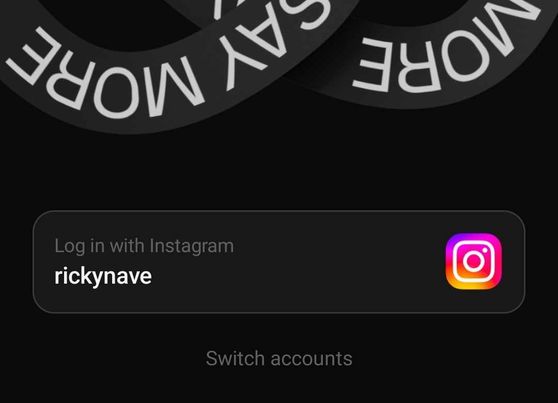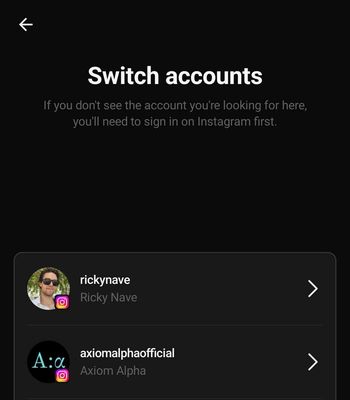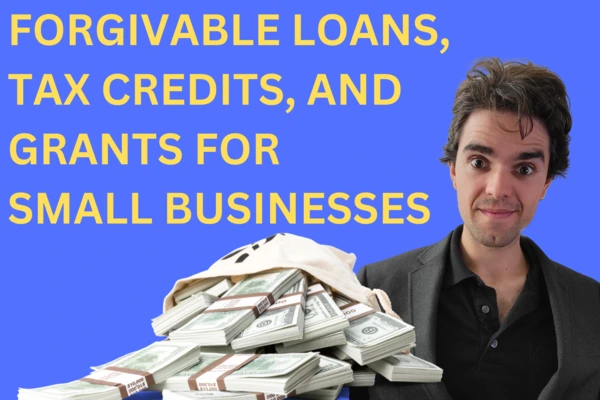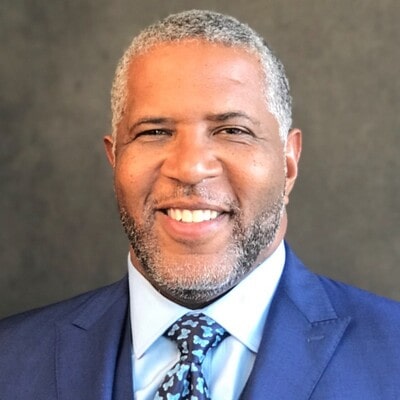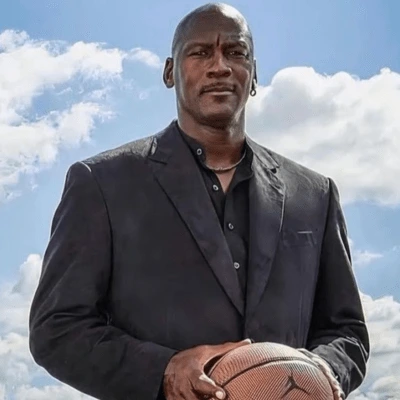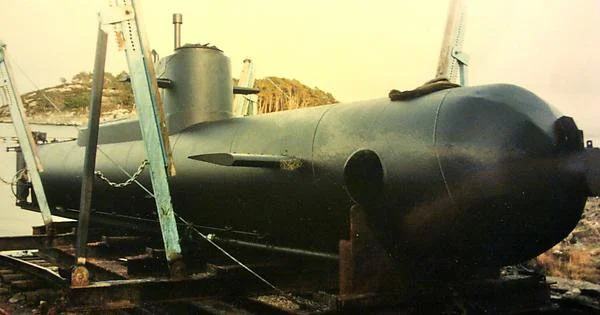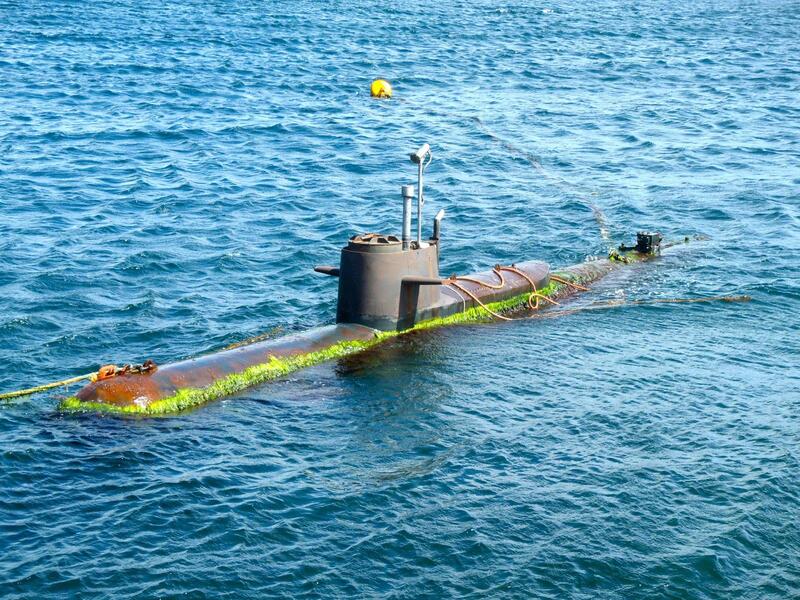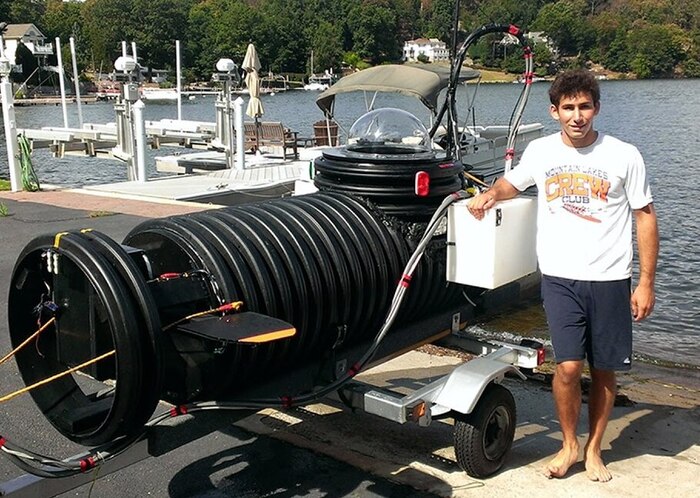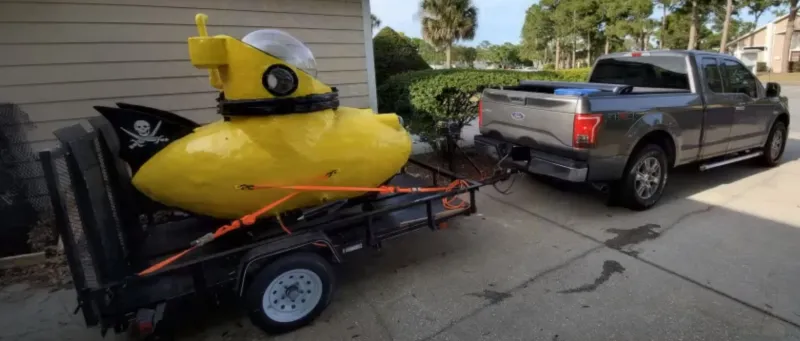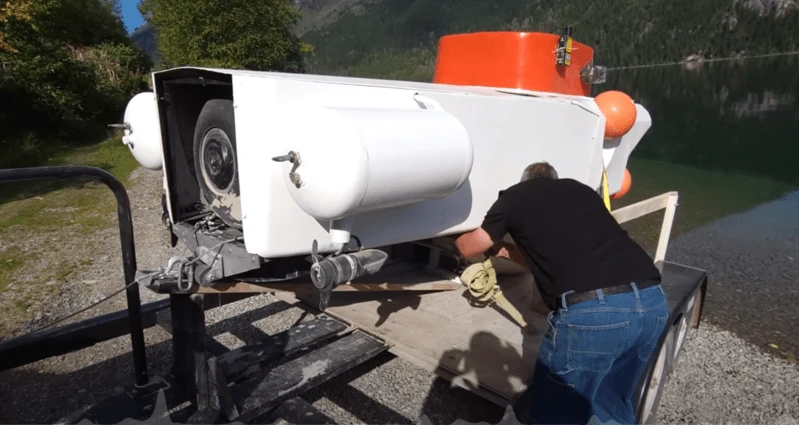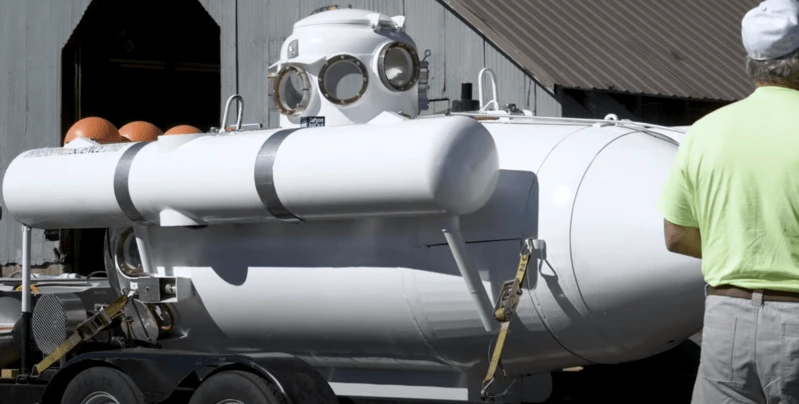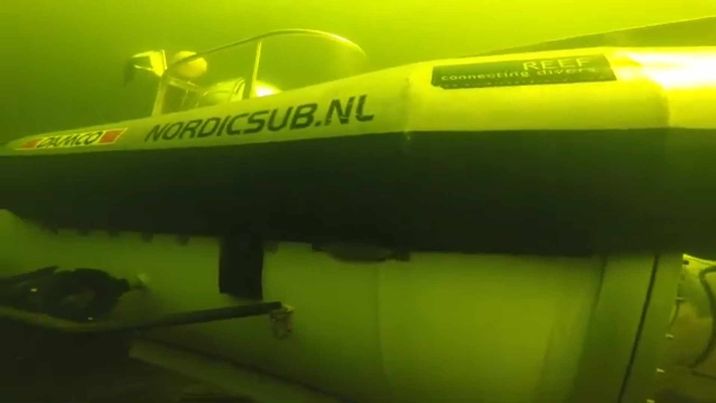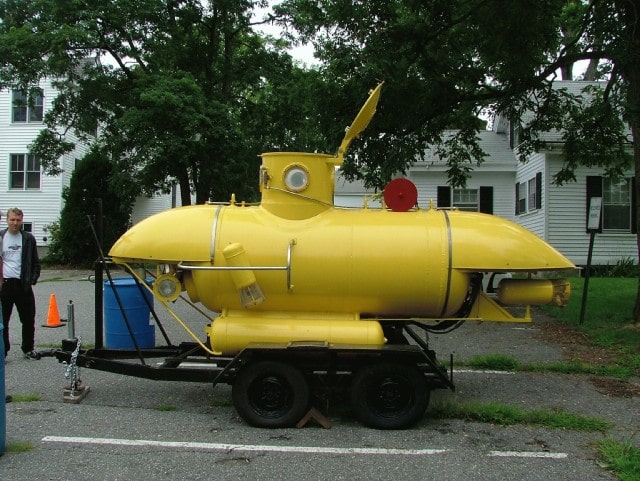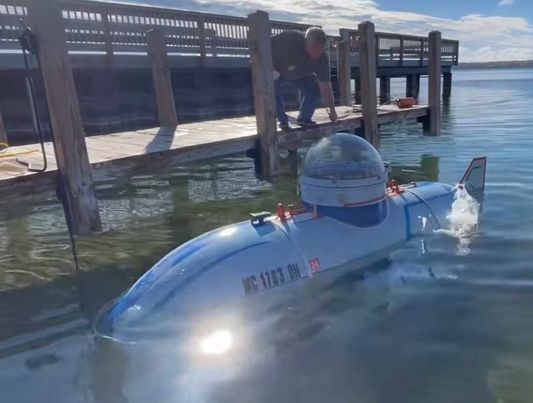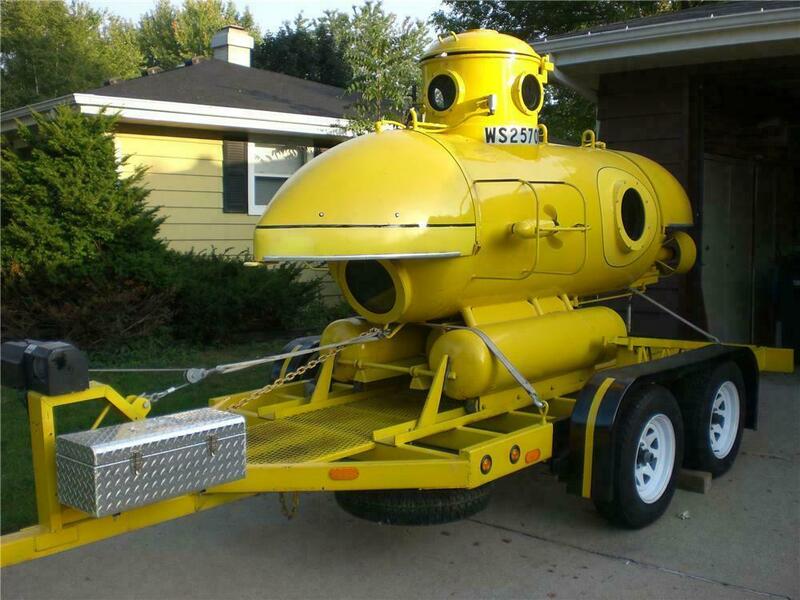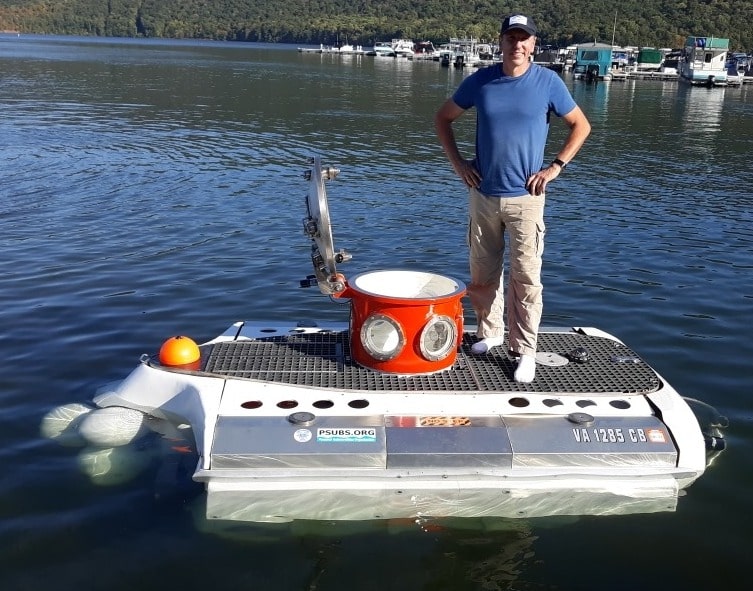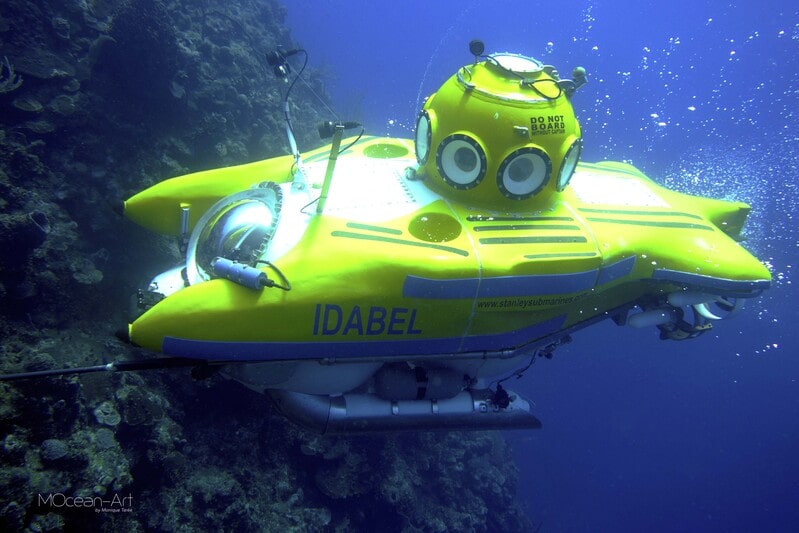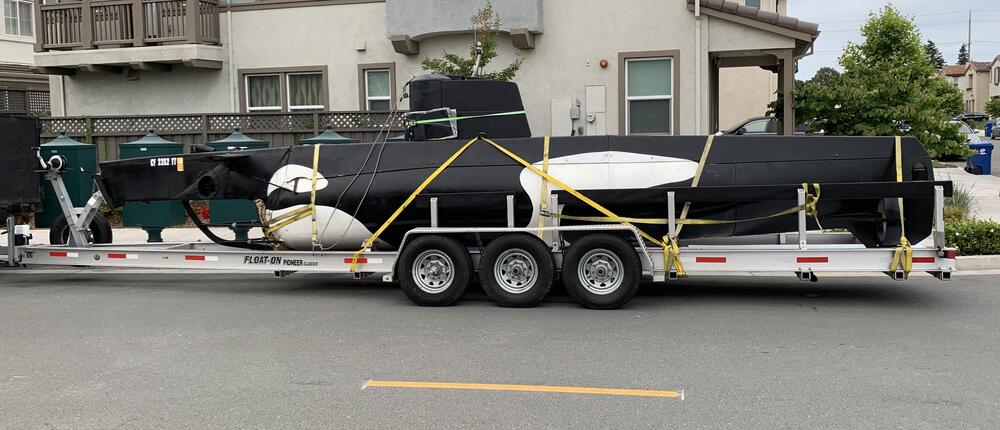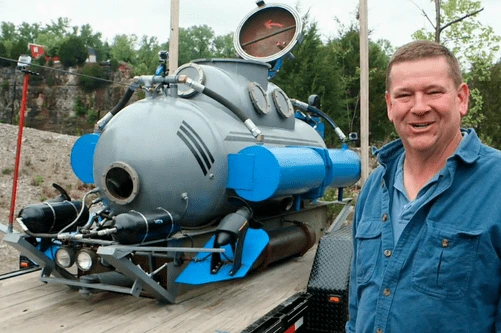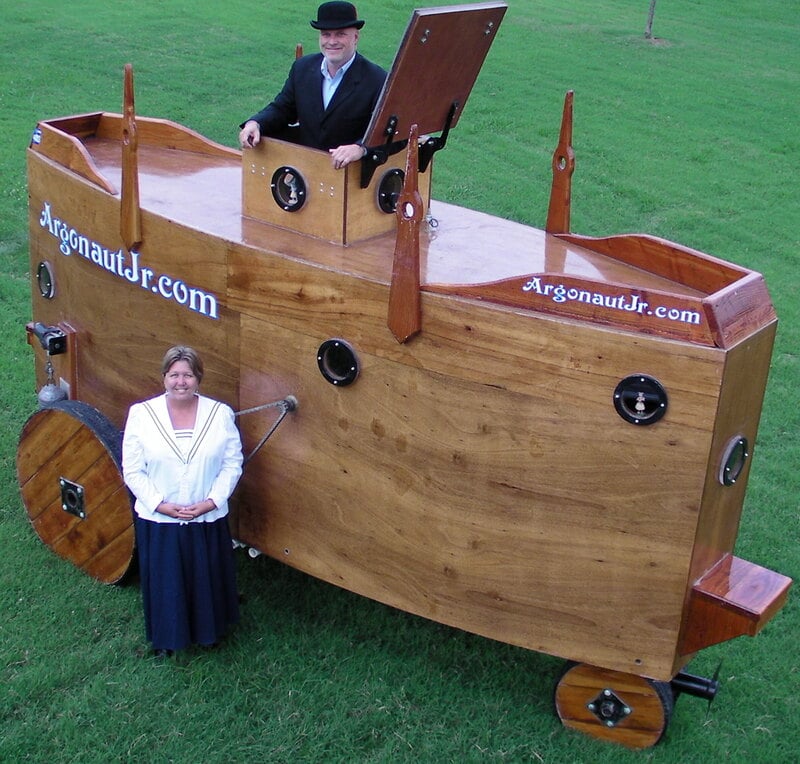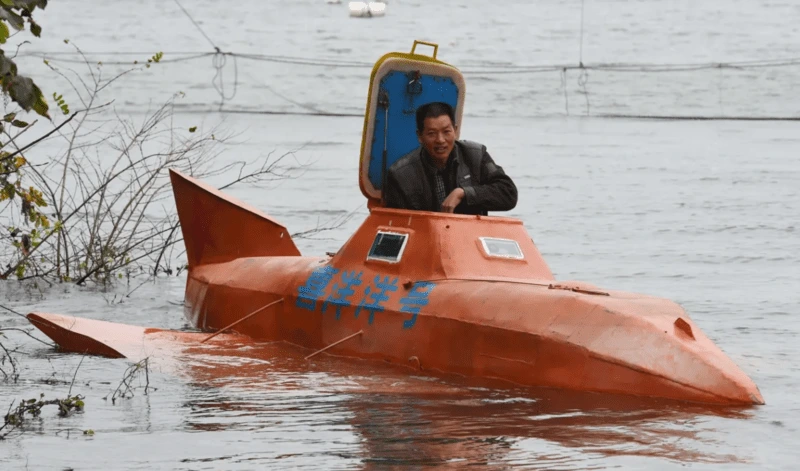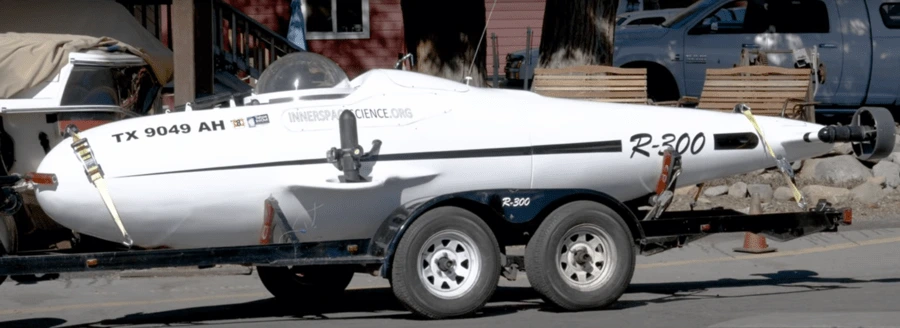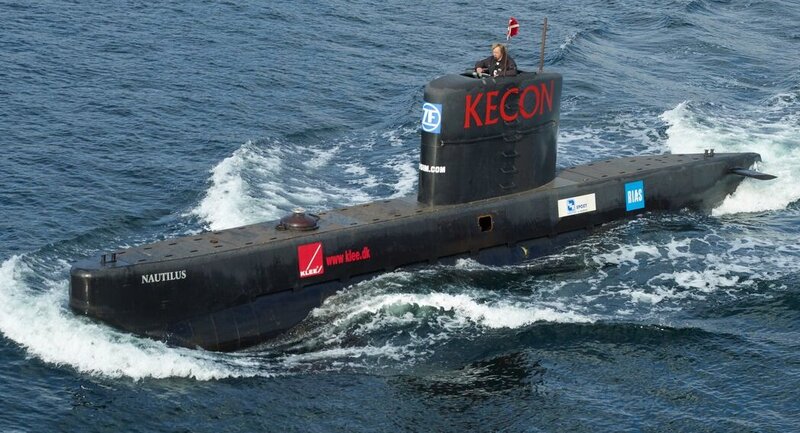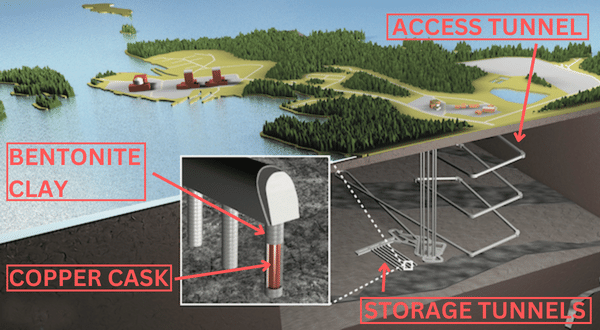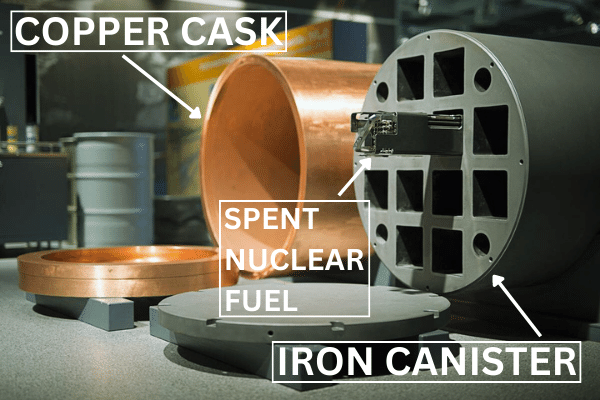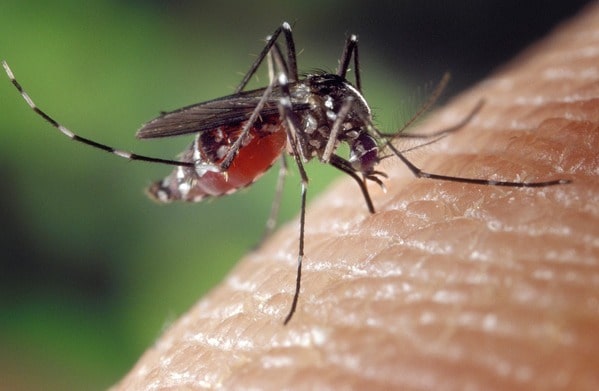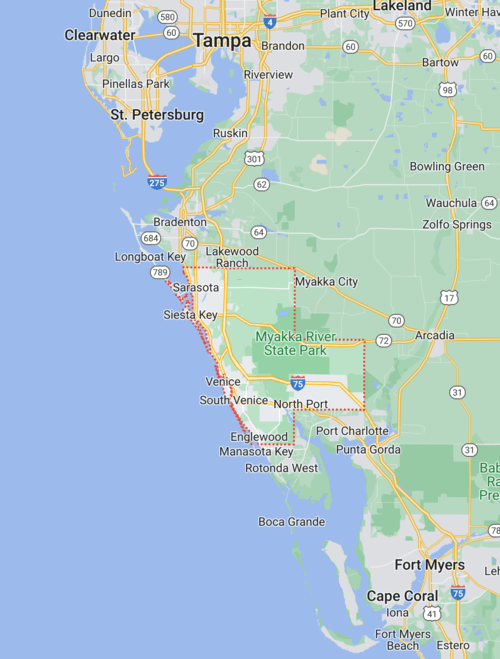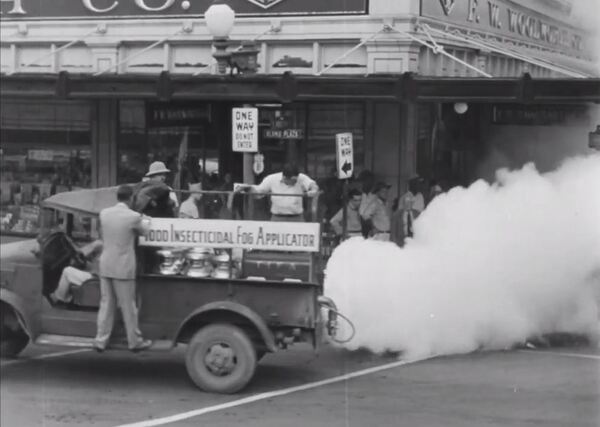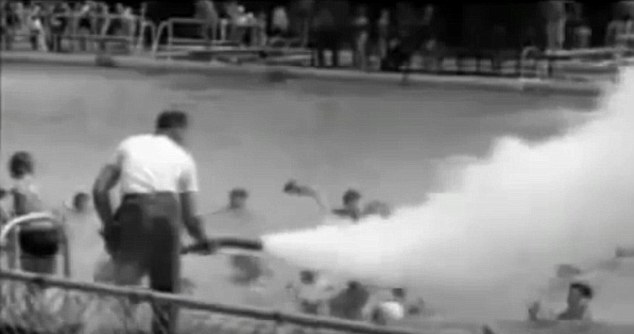Today, companies like Triton and U-Boat Worx build and sell luxury submersibles for millions of dollars. But those companies haven’t diminished the hobby of building your own personal submarine.
In this article, I go through 17 examples of different DIY submarines that were built by hobbyists.
1. Norway 1997 Steel Submarine
According to this Reddit thread, the sub pictured above was built in Norway in 1997 out of a 1-meter diameter steel pipe. The pipe is 10-mm thick, and the total length of the sub is 42 feet.
According to the Redditer whose boss built the boat, the sub has been tested to about 60 meters depth but is too small for him (6’8″) to comfortably fit inside.
2. New Jersey 2013 Drain Pipe Sub
Justin Beckerman (pictured above) built this one-man submarine out of a drain pipe when he was just 18 years old while living in New Jersey. He has taken the sub 30 feet deep in Lake Hopatcong.
3. Hyperspace Pirate Submarine
The Youtuber known as “Hyperspace Pirate” built this “wet” (ambient pressure) submarine in Florida in 2019.
4. Hank Pronk E3000 Submarine
Hank Pronk is a prolific DIY submarine builder living in British Columbia, Canada. He has built 8 subs in his life while not having any formal engineering degree.
5. Nekton Gamma
The Nekton Gamma is a 2-person sub built by Doug Privett in 1971 and later renovated by Hank Pronk. The sub is rated for dives to 300 meters.
6. Drebbel
Drebbel was built by Emile Van Essen in 2013 and is based in the Netherlands. The sub can carry 3 people to a depth of 400 meters.
7. Kittredge K-600 Submarine
This sub was built by George Kittredge, the father of small personal submarines, in 1979. It was pressured tested at a U.S. Naval facility to a max pressure of 850 feet and is rated for operations to 600 feet. The sub can take 2 occupants.
Kittredge was a submariner in the Navy before he left and started building personal subs. After his Mark 2 (a different sub than the one pictured above), he received numerous requests for plans so he formed a company: “Kittredge Sports Subs, Inc.” In his own words, here is what happened after he transitioned from hobbyist to small business owner:
“[For] two years [I] advertised the plans in Skin Diver magazine. The response was gratifying. Many people bought plans for the Mk II. An eye surgeon in Atlanta Georgia… A marina operator in Maine… [But eventually people wanted more than plans.] All around the world people were writing to me for parts for the Mk II. I sent two complete conning towers to a gentleman in Hong Kong who stretched out the hull and made it into a two-man submarine with the second man sitting in tandem… It soon got to the point where I needed a building but I didn’t want to go into debt so I went out in the woods and cut nine tall, stout junipers and nailed together a 40′ x 40′ pole type structure. No sooner had I completed it than my first order for a submarine came in. A scientist in the Florida Keys needed a special one-man submarine for a scientific study. And so the Mk III submarine was born… Less than a year after Kittredge Sports Subs, Inc. began building Mk III submarines, a firm which had just gone public made an offer to purchase the manufacturing rights to the Mk III. It was an offer that I was not in a position to refuse so, regretfully, I liquidated Kittredge Sports Subs, Inc. and began to build Mk III submarines for the new owners… After we built twelve of the Mk III submarine hulls, I was ordered [to] cease production. I believe the reason for this was due to an inability to obtain product liability insurance at reasonable rates. In fact, the only premium quote which [the company] was able to obtain, cost more than the price ($14,750) [of] the submarine. Certainly, the decision to cease production was not due to a lack of interest on the part of the public. Even without an advertising campaign, we had over two thousand inquiries and although I was not in charge of sales, I personally sold two submarines… Following the decision to cease production of the Mk III, I spent the better part of a year trying to negotiate a dissolution of my contract with the company which had bought the manufacturing rights…”
George Kittredge
Eventually, Kittredge would begin building new subs, including the K-600. The first customer of a K-600 was actually a company that did offshore pipeline inspections.
8. Kittredge K-250 Submarine
Kittredge sold a total of twenty-five K-250 submarines before discontinuing them in favor of the K-350 sub. However, many K-250s are still in use today.
9. Kittredge K-350 Submarine
The K-350 was the bigger, badder version of the K-250.
10. Shackleton
Shackleton is a 2-person sub rated to 300 meters. The sub was designed and built by Alec Smyth in 2018 in Alexandria, Virginia.
11. Idabel
Idabel is a multi-person sub capable of diving to around 3,000 feet. The sub was built by Karl Stanley who now offers deep sea rides aboard the sub off the coast of Honduras for $1,200 per hour.
12. Noctiluca
Noctiluca is a 2-person diesel-electric sub with a surface range of about 500 miles and enough life support to stay underwater for up to 72 hours. The sub has had multiple owners but is currently owned by the Community Submersibles Project which has been modifying the sub.
13. Kraken
The Kraken was built by Steve Seymour and Eric Coleman — a couple of Kentucky farmers. The sub is made out of a propane tank.
14. Argonaut Junior
Argonaut Jr is a wooden, ambient pressure submersible built by a man named Doug who also built an entire enormous steel sailing vessel named SV Seeker.
15. Happy Lamb
Tan Yong, a Chinese chicken farmer, built the Happy Lamb submarine. The sub cost around $5,000 to build in 2014. Tan has only operated the sub to a depth around 26 feet.
16. R-300 Personal Submarine
The R-300 is a personal submarine built by Dr. Cliff Redus, an oil and gas engineer from Texas. The sub is sophisticated with a lot of electronics.
17. UC3 Nautilus
The UC3 Nautilus was a Danish sub built over a 3-year period by Peter Madsen with a group of volunteers. The total cost was about $200,000 (around $282,000 in 2023 dollars) and launched in 2008. The sub was over 58 feet long and could take up to 8 people. The boat was designed to have a crush depth of 400-500 meters (about 1,300-1,600 feet) but was only ever taken to about 100 meters (330 feet).
O August 10, 2017, Madsen and a journalist named Kim Wall went aboard the sub. The next morning, the sub was reported missing. Eventually, Madsen was rescued by a private boat as the sub sank. The Danish police eventually convicted Madsen for the murder of Kim Wall and intentionally scuttling the sub to conceal the evidence. The sub was seized by the authorities and eventually destroyed.
